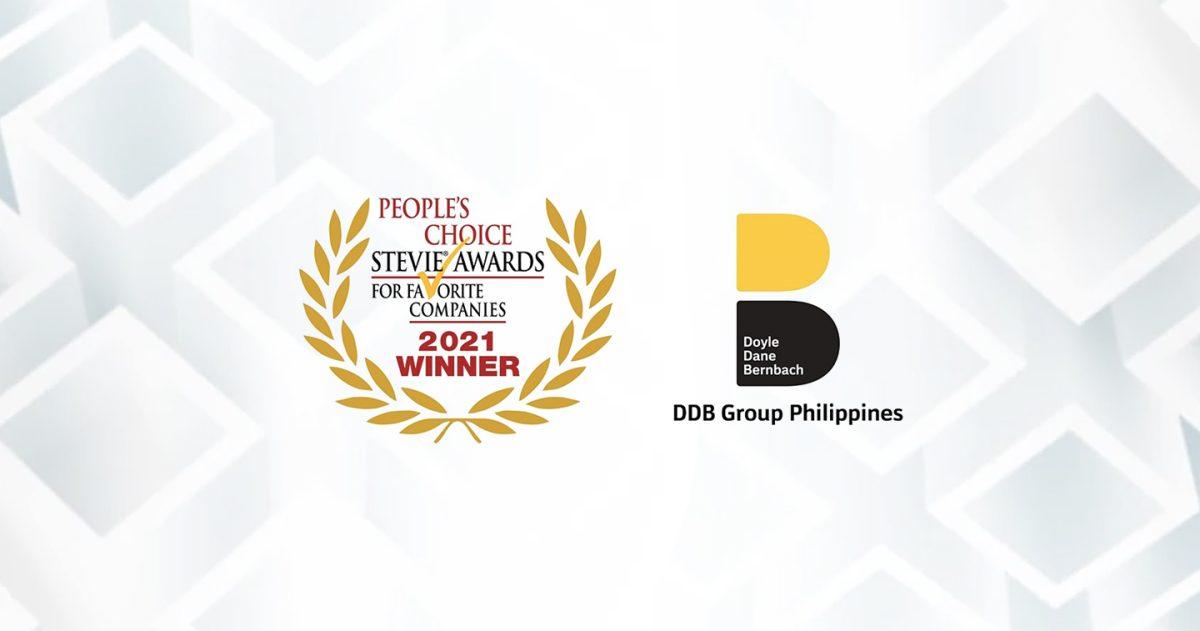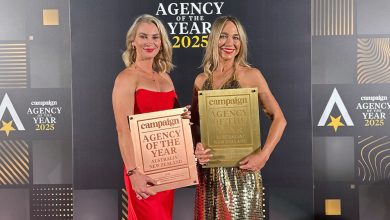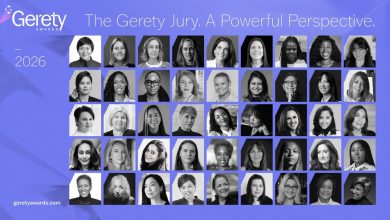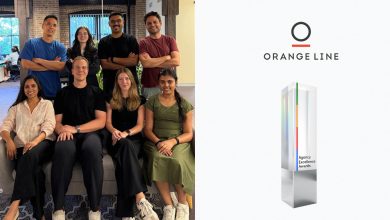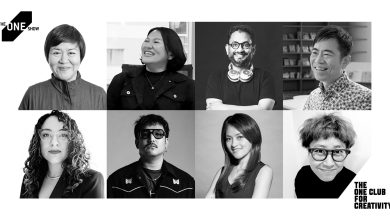MANILA, PHILIPPINES — DDB Group Philippines, one of the country’s leading integrated marketing communications groups, was named a winner of a People’s Choice Stevie® Award for Favorite Companies, an annual feature of the International Business Awards (IBA), the world’s only international, all-encompassing business awards program.
After having won a Gold Stevie award each for “Company of the Year” in the Advertising, Marketing and Public Relations–Midsize category, and “Most Exemplary Employer” in the COVID-19 Response category, DDB Group Philippines became eligible to be included in People’s Choice public voting along with all Stevie Award winners in the Company/Organization of the Year categories in this year’s International Business Awards.
With over 86,000 votes cast, the worldwide public vote was conducted from mid-August through 1 October, with the highest number of votes deciding the winners in a variety of industries.
“The winners of the People’s Choice Stevie Awards were able to activate and motivate their customers, employees, social media followers, and other constituents to vote for them, and that is a testament to the healthy ties they have with those audiences,” said Stevie Awards president Maggie Gallagher Miller.
Indeed, DDB Group Philippines was supported by its client partners and over 200 employees in its core business units consisting of creative business solutions agencies that do mainstream advertising, digital solutions, public relations, media services, branded entertainment solutions, and data analytics.
DDB Group Philippines Chairman and CEO Gil G. Chua thanks all those who voted for the agency group and the Stevie Awards for the People’s Choice recognition.
“We thank the Stevie Awards for what we call the icing on the cake, the People’s Choice award, that completes the recognitions it has given the DDB Group of companies this year. For us, awards are bright spots in this pandemic, and we treasure it so much as it not only inspires me and my senior management team, but also all our employees, who work hard to deliver excellent campaigns and business results for our clients and the agency, while taking care of each other,” said Chua.
Winners of the crystal People’s Choice Stevie Awards will be honored during the IBAs’ virtual awards ceremony on 8 December. The winners of peer-adjudicated Gold, Silver and Bronze Stevie Awards will also be recognized during the ceremony.
Known as “the International Stevies,” the IBAs are open to all organizations worldwide: large and small, public and private, for-profit and non-profit. The 2021 competition attracted more than 3,800 nominations from organizations of all types in 65 nations.

